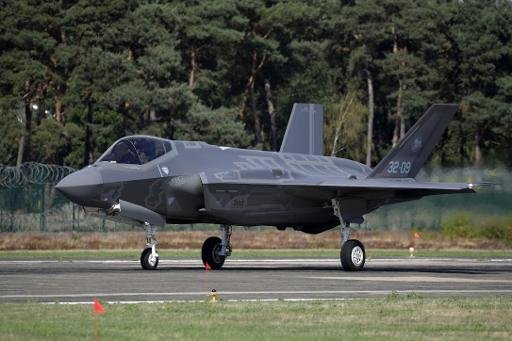
Last week, the Belgian armed forces proudly welcomed four brand-new F-35 fighter jets at Florennes Air Base, seven years after placing the order. The arrival marked a major milestone in Belgium’s long-running plan to modernise its air fleet — but also brought an unexpected problem to light.
Defence Minister Theo Francken revealed in Parliament that Belgium’s airspace is simply too small to accommodate training missions for the new F-35s
. “Belgian airspace will not be sufficient to accommodate training missions,” he admitted during a committee hearing, confirming that the government has already begun talks with allies including the Netherlands, Italy, and Norway to use their airspace for pilot training.
Since early 2025, Belgium has operated eight F-35s from Luke Air Base in Arizona, where Belgian pilots are undergoing training to handle the new generation of aircraft.
While the news caused embarrassment at home, it drew mockery from across the border. French media outlets, including BFMTV and Armées.com, jokingly called the situation a “bad Belgian joke” and a “Belgian debacle.”
Defence experts, however, were less surprised. Belgium has struggled with limited airspace for decades — similar restrictions affected its older F-16 fighter jets. Analysts say the country’s geography simply doesn’t allow enough room for the high-speed manoeuvres required in modern fighter training.
Beyond the logistical issue lies a deeper political divide. Belgium’s decision to purchase U.S.-made F-35s instead of the French-made Rafale fighters has long irked France, which saw the move as a snub to European defence ambitions.
Belgium’s air force currently operates 45 ageing F-16s, many of which date back to the 1980s. As part of its Strategic Defence Plan 2026–2034, the government will retire these jets, donate 30 to Ukraine starting in 2026, and expand its F-35 fleet to 45 aircraft.
The additional 11 jets will cost around €4.5 billion, purchased from American manufacturer Lockheed Martin.
French defence circles reacted sharply to the latest announcement. Forum Militaire, a French defence website, accused Belgium of “betraying” Europe by “signing a cheque to Washington.”
It added that Belgium’s choice contradicts its stated support for European strategic autonomy while reinforcing dependence on NATO.
For Belgium, however, officials insist the F-35 is a practical and strategic choice that ensures interoperability with allied forces. But for now, as the country celebrates the arrival of its high-tech aircraft, the irony remains: Belgium’s new jets have nowhere to fly at home.